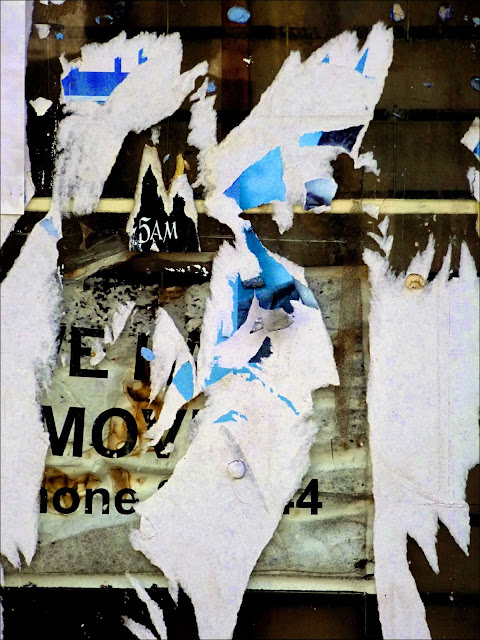These bronze piles of books are to be found outside the Cambridge University library and serve as bollards to prevent people parking in front of the building. One would have thought a sign would have sufficed, after all most visitors to the library are a fairly civilised bunch and can presumably read. These works of art are also interactive in that you can spin the books around if the urge comes upon you. Great fun.
But not according to Germaine Greer who wrote in The Guardian newspaper that they make the Library into "a beacon of naffness". Even more fun!
Just for Germaine here's another photo of them!
More Traffic Calming Measures
In the village of Whaddon the residents can not only read but seem to have a sense of humour too.
Introducing Dawn Redwood
Dawn Redwood - it would be a fine name for a Hollywood actress, but it's actually a tree and one with true star quality. She made an exciting comeback after not being seen in the UK for a long time - about five million years! And she hadn't changed at all!
The tree was thought to be extinct and only known from fossil records. But in 1946 a Chinese botanist discovered a small stand of them in his country. Seeds were sent to the USA and to Britain and were found to germinate freely. The one in the photo above is the oldest in this country and has grown rapidly. It was planted near the lake in the University Botanic Gardens, as in its native China it grows in wet conditions. However it seem to survive in other environments, even in the streets of London.
Although the trees are protected in China, such has been the demand for seed that the cones have been collected to such an extent that it's unlikely that they will propagate naturally in the wild.
Not A Bollard
Following on from the pile-of-books bollards it would be tempting to say that this is a bollard outside a mushroom farm - but it's not. Although they are now often used as bollards outside farm gates to prevent vehicles driving on the grass verges, they have a much older purpose. Those of you who have been paying minute attention to everything I say on this blog may remember that they are called "staddle stones". They were used to support the floors of farm granaries which were raised up off of the ground to prevent mice and rats entering the buildings.
Telling The Time
This beautiful but rather complex sundial can be found in Selwyn College in Cambridge. The golden lines show the hours since sunrise while the silver lines show the hours since the last sunset (Are you with me so far?). The shadow of the disc will lie on the vertical line at midday (or at 1 pm when the clocks change to Summer Time). It rests on the horizontal line at the equinoxes. If you want to calculate the clock time all you have to do is add the hours since sunset to the hours since sunrise and divide by two (not forgetting to adjust by one hour during the summer months).
If that's too complicated then turn around and you'll find there's a clock on the Hall behind you!
In The Station
I have lamented in the past about the neglect of the architecture of some of our smaller railway stations. Some are no longer in use while others are ruined by unsympathetic modernisation. But if you take the time to look you can still find pretty buildings like this wonderful Victorian station at Stowmarket.
Take care.


















































